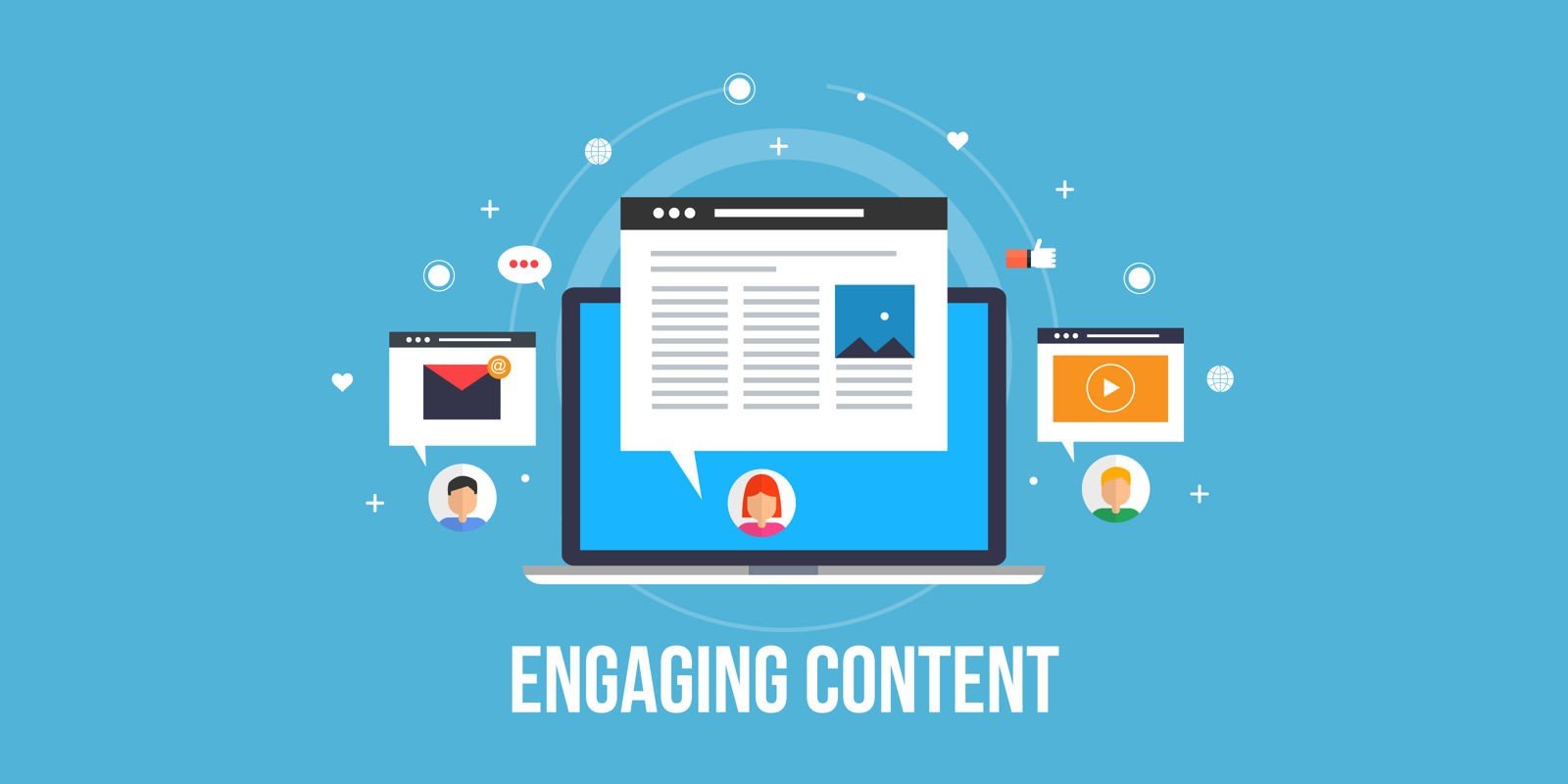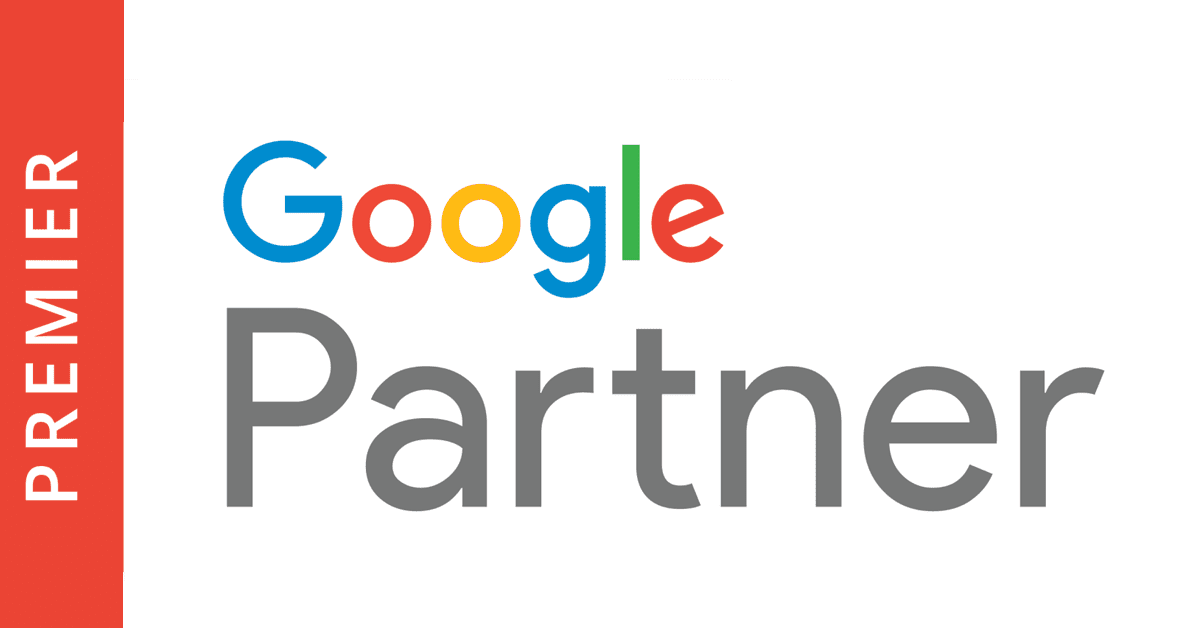Digital marketing has evolved into a multifaceted discipline, with no single approach reigning supreme. While social media marketing is a juggernaut, mobile marketing and app notifications have carved out their significant niches. While content marketing, often touted as king, remains a cornerstone of many successful campaigns.
The key isn’t choosing one over the others but understanding how each can complement and enhance the overall strategy. A holistic approach, where different tactics like SEO, email marketing, influencer collaborations, and more are integrated, can create a robust and dynamic marketing campaign.
Why is looking at the bigger picture so critical?
The effectiveness of your campaign hinges more on the quality and creativity of your efforts than on the size of your budget. Large corporations may have substantial financial resources to extend their reach, but this doesn’t mean their strategies are the only path to success. Smaller businesses and individuals can compete effectively by focusing on innovative, thoughtful marketing approaches that resonate more deeply with their audiences. This perspective enables a focus on crafting a unique brand voice and creating genuine connections, rather than simply relying on financial leverage.
One quote that has resonated deeply with me this year was shared by Jonathan Mildenhall, the former marketer at AirBNB and now a co-founder of TwentyFirstCenturyBrand. He captured a fundamental truth of marketing in a simple yet profound statement:
“The size of the idea is so much more important than the size of the budget.”
– Jonathan Mildenhall
This insight forms the cornerstone of a successful marketing strategy. It’s not just about the resources at hand but how creatively and effectively you use them to bring big, bold ideas to life.
As we transition into 2024, it’s important to explore innovative strategies to put this philosophy into action, aiming to make our upcoming marketing campaigns the most impactful and memorable yet.
Develop Your Goals and Objectives
The foundation of any effective marketing campaign is a clear understanding of what you aim to achieve. Whether it’s boosting brand awareness, generating leads, or driving sales, defining your goals upfront provides direction and purpose to your campaign. Set specific, measurable objectives that align with your broader business goals to ensure that your marketing efforts are focused and impactful.
Choose the Right Marketing Channels
The choice of channels is critical in reaching your audience effectively. Based on your audience profile and campaign objectives, select channels that will best convey your message. This could range from social media and email marketing to content marketing, PPC advertising, and more. The right mix of channels ensures that your campaign reaches the right people at the right time.
Understand Your Target Audience
A successful campaign hinges on a deep understanding of your target audience. Conduct thorough research to comprehend their preferences, behaviors, and demographics. This knowledge is instrumental in crafting content that resonates, addressing their needs and interests, and connecting with them on a deeper level. Tailoring your message to your audience not only enhances engagement but also increases the effectiveness of your campaign.
Follow The Customer Flywheel
HubSpot, a consistent trailblazer in marketing, truly surpassed expectations this year with its introduction of the customer flywheel concept.
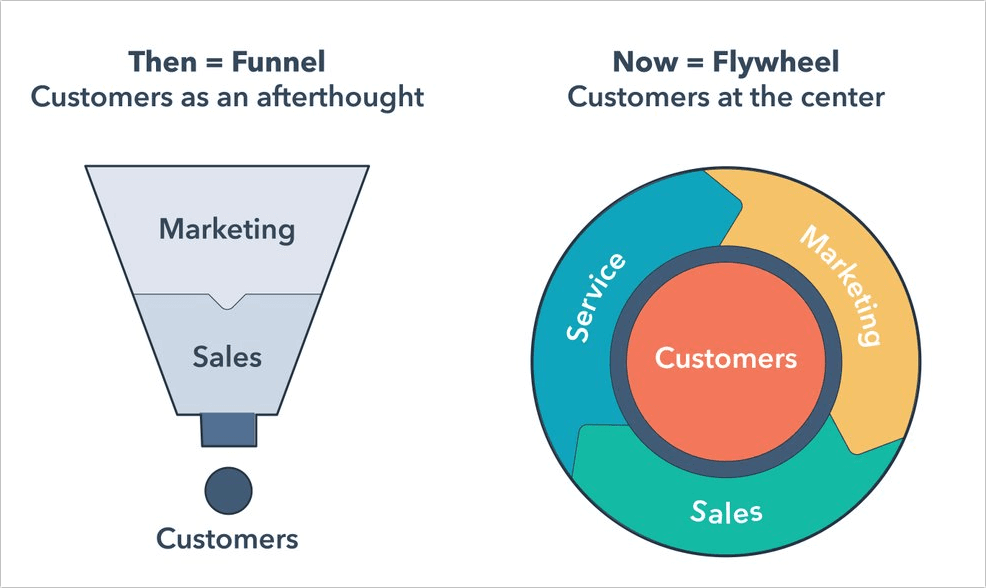
The idea contrasts sharply with the traditional marketing funnel. In a conventional funnel, the process is straightforward: attract leads, guide them through the funnel, and ultimately, convert them. After conversion, however, these customers often fade into the background, only to be revisited when their business is again sought.
The flywheel model, however, revolutionizes this approach. In this paradigm, the customer is perpetually at the heart of every campaign. They are not the endpoint but the central hub from which all marketing efforts radiate. This shift means that marketing revolves around continuously engaging and re-engaging with the customer.
Why is this approach so transformative? Firstly, it significantly boosts customer retention, a vital element for any business’s long-term profitability. Secondly, it fosters a more organic form of marketing—word of mouth—powered by satisfied, engaged customers who are consistently involved with the brand.
Build a Marketing Funnel
Understanding the Marketing Funnel: A marketing funnel visualizes the customer journey from initial awareness to the final purchase decision. It typically comprises several stages: Awareness, Interest, Consideration, Intent, Evaluation, and Purchase.
1. Creating Awareness (Top of the Funnel)
Utilize content marketing, SEO, and social media advertising to reach potential customers. Create informative blog posts, engaging social media content, and educational videos that introduce your brand and values. The key is to make potential customers aware of your brand and the solutions you offer.
2. Generating Interest (Middle of the Funnel)
Once potential customers are aware of your brand, your goal is to pique their interest. Email marketing campaigns with useful information, webinars, and in-depth guides can help. Provide valuable content that positions your brand as a thought leader in your industry.
3. Encouraging Consideration (Middle of the Funnel)
At this stage, offer more specific information about your products or services. Case studies, product demos, and customer testimonials are effective. This content should show potential customers how your product or service can solve their specific problems.
4. Facilitating Intent and Evaluation (Bottom of the Funnel)
Here, customers are close to making a purchase decision. Provide detailed product information, FAQs, and comparison guides. Offer free trials or consultations to reduce purchase barriers. It’s also important to have an efficient customer service system to answer any queries promptly.
5. Completing the Purchase (Bottom of the Funnel)
Make the purchasing process as seamless as possible. Ensure your website’s checkout process is straightforward and secure. Provide clear pricing, shipping information, and easy access to customer support.
Post-Purchase: Fostering Loyalty and Advocacy
The journey doesn’t end at purchase. Encourage repeat business and customer loyalty through follow-up emails, loyalty programs, and requests for feedback. Satisfied customers can become brand advocates, promoting your products through word-of-mouth or social media.
Measuring and Optimizing the Funnel
Continuously monitor each stage of the funnel to identify bottlenecks or drop-off points. Use analytics to track conversions at each stage and A/B testing to optimize funnel performance. Adjust your strategies based on customer behavior and feedback.
Create Engaging and Relevant Content
Develop content that not only captures attention but also provides value. This involves a balance of promotional material and informative content that aligns with your audience’s interests and needs. Quality content is key to engaging your audience, building trust, and establishing your brand as an authority in your field.
Establish and Interact with Your Audience
Fostering a sense of community around your brand is key to building long-term customer loyalty. Engage with your audience through comments, messages, and interactions on social media and other platforms. This engagement not only strengthens customer relationships but also provides valuable feedback and insights.
Maintain a Steady and Diverse Content Stream
The creation and distribution of a wide variety of content remain key to success. High-quality, impactful content is, and always has been, an essential marketing tool throughout my years in this industry.
The question, however, is where and for whom is your content being created?
Diversification is crucial. Regularly update your blog to establish your authority, contribute guest posts to other sites, host podcasts, record interviews for YouTube, conduct live streams, send out series of targeted emails, write eBooks, and create engaging slideshow presentations. Also, consider crafting instructional guides.
Content creation offers the flexibility to cater to different audience preferences in terms of learning and communication styles. The individual who peruses blogs with their morning coffee may differ from another who prefers watching YouTube videos during their lunch break.
Featured Snippet Tool: This tool is invaluable for identifying the questions your audience is asking within your niche. By aligning your content with these queries, you can create more targeted and effective content. Powered by Google’s “People Also Ask” feature, it not only aids in generating endless content ideas but also enhances your content’s visibility and search engine ranking, as these questions are directly linked to Google’s featured snippets algorithm. By addressing these questions, your content stands a better chance of gaining additional exposure in search results.
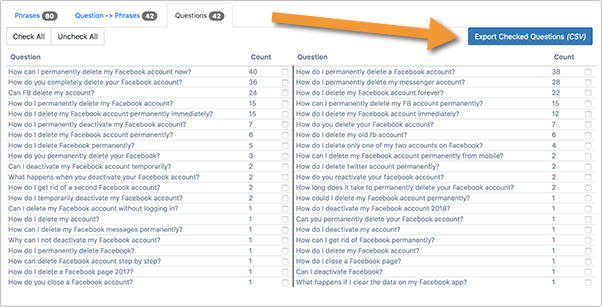
Optimize for SEO
Enhancing your content’s visibility in search engines is crucial. Employ SEO best practices, including keyword optimization, creating quality backlinks, and ensuring the technical robustness of your website. SEO helps your content reach a broader audience and improves its chances of ranking higher in search engine results.
Adherence to Google’s content guidelines is paramount. Ensure your content is helpful, informative, and centered on user experience. Content that follows these guidelines is more likely to perform well in search rankings and resonate with your audience.
Further reading: 7 SEO Tactics to Improve Your Business Website’s Visibility
Segregate Your Social Media Marketing Efforts
The concept of a universal, all-encompassing social media marketing plan is a myth. Effective strategy requires segmentation to target different engagement levels tailored to specific needs.
Consider paid social media advertising as a starting point. This approach, though budget-intensive, offers precise control and scalability. As you identify successful platforms and techniques, incrementally increase your investment to maximize impact.
Conversely, organic social media engagement serves a different purpose. It’s about creating genuine connections with your audience, managing your brand’s reputation, and fostering relationships through direct interactions across various platforms.
Moreover, social media has evolved into a critical customer service channel. According to Adweek, over half of consumers now prefer social media for customer support over traditional methods like phone or email.
In terms of conversion, Twitter reports that customers actively engaging with brands on their platform tend to spend 20% more and are 30% more likely to recommend these brands to others.
Therefore, conceptualize your social media campaign as a collection of distinct tasks, each with specific goals and requirements. Segmenting your approach in this way ensures more effective results in each area compared to a generalized, one-size-fits-all strategy.
Featured Tools:
- KnowEm: Beyond familiar networks like Facebook, Twitter, and Instagram, there are hundreds of social platforms worldwide. KnowEm allows you to extend your reach across these networks, offering services such as securing brand-specific domains and profiles. Their setup feature can also establish your presence on up to 500 networks, streamlining the process of global engagement.
- Mention: Renowned for social media monitoring, Mention has evolved significantly since its inception. It focuses on amplifying your social impact, catering to businesses, influencers, and individuals seeking to boost their online presence and productivity.
- BrandMentions: If you’re unsure whether you’re capturing all mentions of your brand online, BrandMentions can help. This tool scours every corner of the internet, uncovering mentions that might go unnoticed with other tools. It’s an invaluable asset for growing brands, offering scalable plans as your business expands.
By leveraging these tools, you can ensure a comprehensive and effective presence across the social media landscape, adapting your strategy to suit each platform’s unique characteristics and audience.
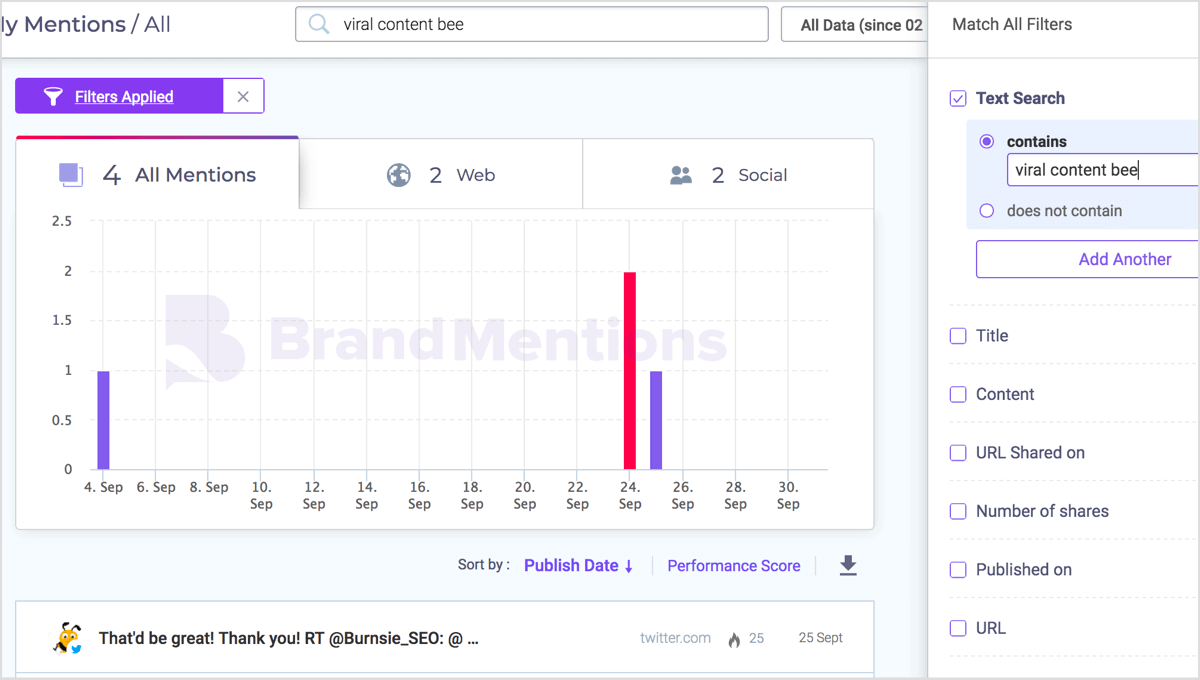
Take Advantage of Special Events
Capitalizing on special events presents an excellent opportunity for small and medium-sized businesses to develop fresh marketing strategies. With key occasions like Christmas and New Year’s on the horizon, now is the time to start strategizing. Even events like St. Patrick’s Day offer unique promotional opportunities.
These events are perfect for launching special offers, discounts, exclusive products, or customer engagement contests. They provide a compelling reason to connect with your audience festively and engagingly.
It’s important to note that a significant majority of customers – about 80% – turn to search engines like Google to research products before making a purchase. This behavior intensifies around special events and holidays, so having your marketing strategy in place well in advance is crucial.
Beyond traditional holidays, major sporting events such as the Olympics, the World Cup, and the Super Bowl also present golden opportunities for innovative marketing campaigns. The key is to be well-prepared and proactive, rather than hastily assembling campaigns at the last minute.
Highlighted Tools for Effective Planning:
- SproutSocial’s Social Media Calendar: This tool is invaluable for planning your marketing activities in sync with upcoming holidays and events. It helps ensure that you’re not only prepared but also relevant and timely in your marketing efforts.
- Wave’s Social Media Calendar: This free resource allows you to craft engaging videos for every day of the week, catering to a wide array of holidays and awareness days. It’s a creative way to keep your content fresh, engaging, and in tune with current events.
By utilizing these tools, you can strategically align your marketing campaigns with various special events and holidays, ensuring that your business remains relevant and top-of-mind for your target audience.
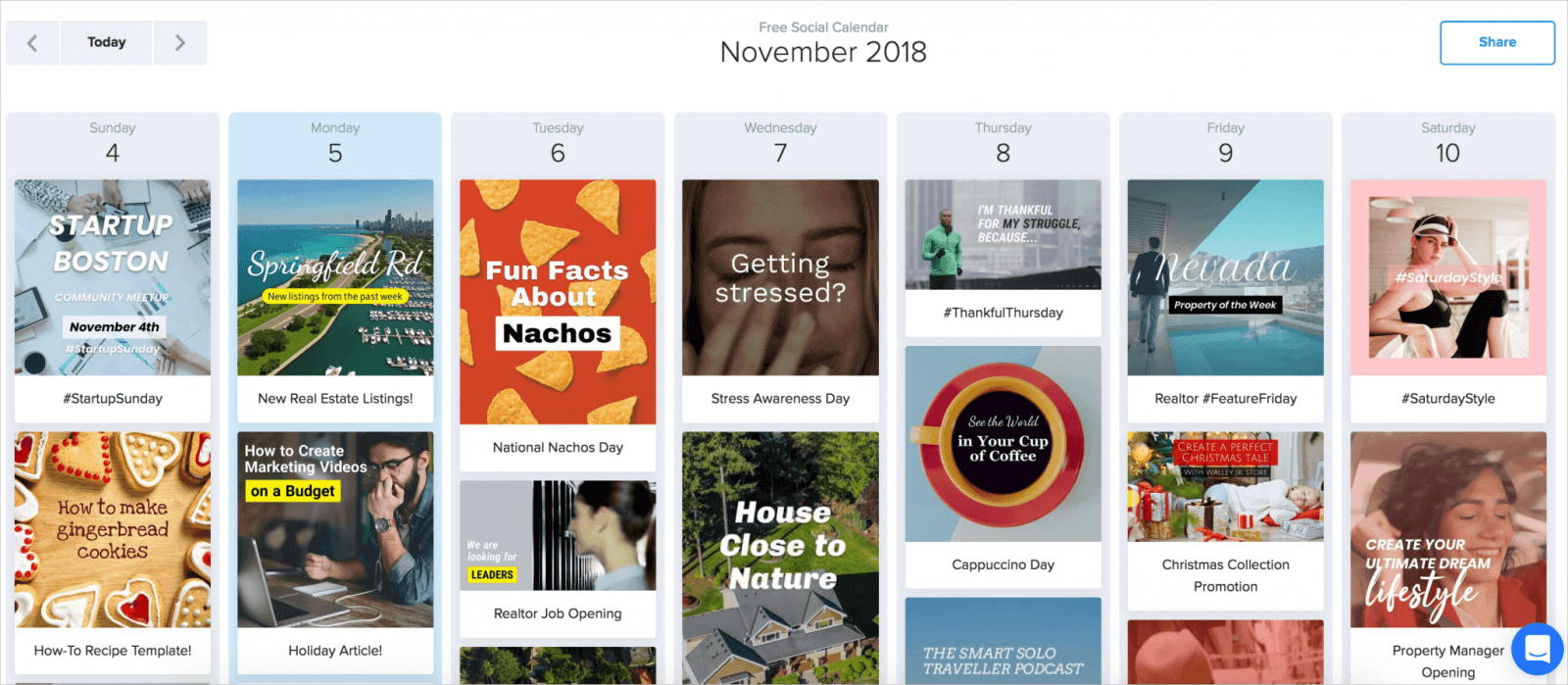
Be Consistent and Flexible With your Digital Marketing Efforts
Consistency in your marketing efforts helps in building brand recognition and loyalty. However, it’s equally important to remain flexible and adaptive to changing trends and performance data. This balance ensures that your campaign stays relevant and effective over time.
Utilize Data and Analytics
Leveraging data and analytics is essential for monitoring and refining your campaign. Use analytics tools to track metrics such as website traffic, conversion rates, and engagement rates. This data provides insights into what’s working and what needs to be adjusted, allowing for data-driven decisions to optimize campaign performance.
Further Reading: The Next Generation of Analytics: A Comprehensive Guide to Google Analytics 4
Measure and Adjust Your Marketing Campaign
Continuously evaluate the performance of your campaign against your set objectives. Be prepared to make necessary adjustments based on this analysis. Regularly measuring and tweaking your campaign helps maintain its effectiveness and align it with your marketing goals.











